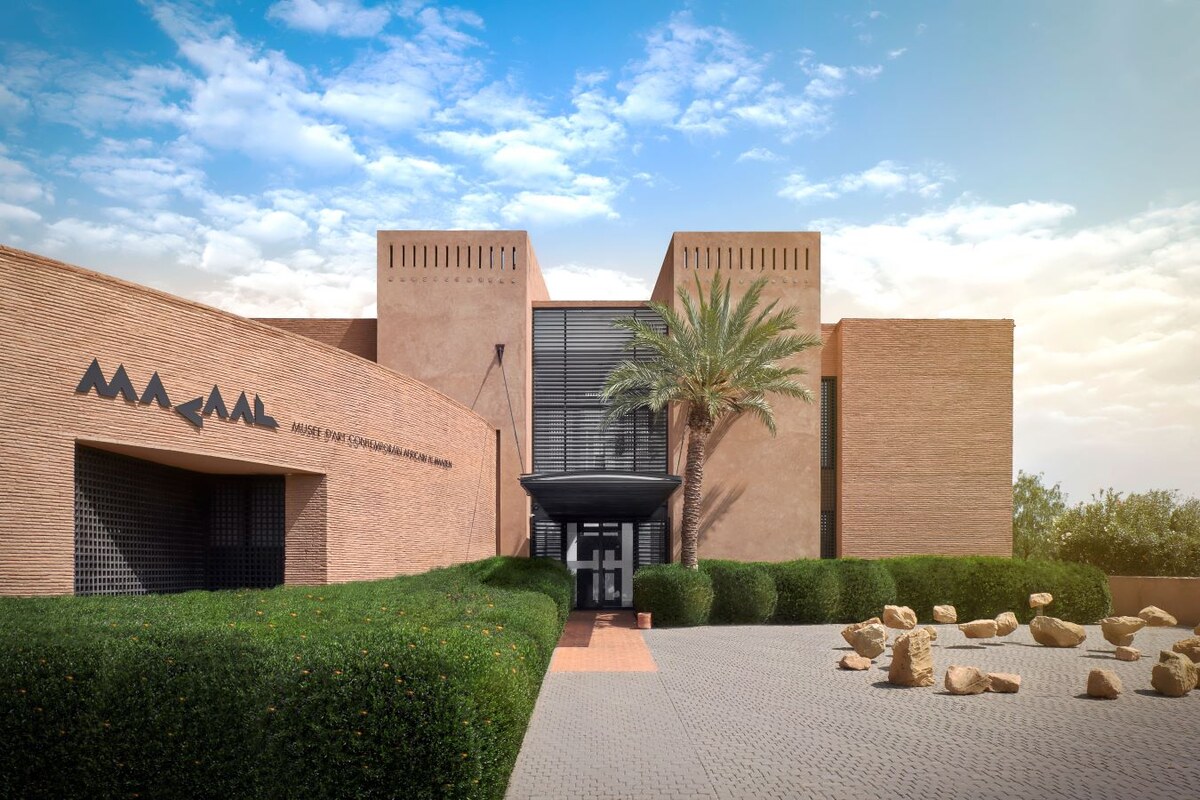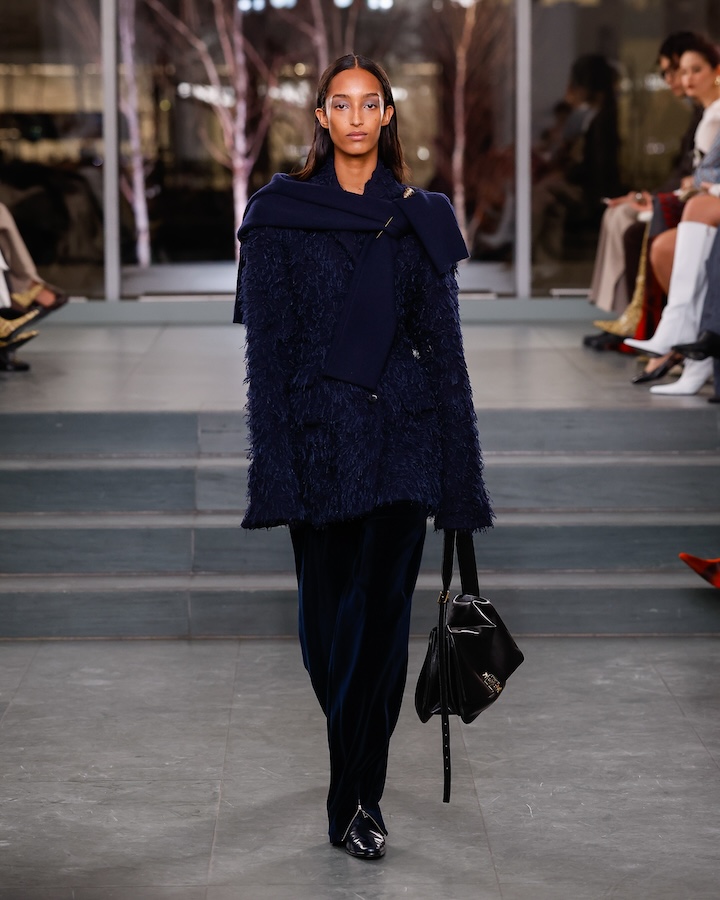JEDDAH: Currently situated under the expansive canopies outside Jeddah’s Western Hajj Terminal is “On Weaving,” the winning design of the inaugural AlMusalla Prize — an international award for the design of a musalla, a place for prayer and contemplation that is open to Muslims and non-Muslims alike.
The winners of the inaugural edition of the award — which is part of the Diriyah Islamic Arts Biennale — are a collective including Dubai and Beirut-based EAST Architecture Studio, structural engineer Christopher Blust from AKT II, and Beirut- and San Francisco-based artist Rayyane Tabet. They designed a modular structure inspired by regional weaving traditions and constructed from sustainable local materials such as date palm waste and palm fronds and fibers. The space was immediately popular with visitors during the opening days of the biennale, with many heading inside to one of the smaller rooms to pray.

The modular structure used engineered, glue-laminated palm-wood composite, which is the product of the waste of 150 palm trees — proof of the ability to use local, sustainable materials to create lasting architectural structures.
A summary of “On Weaving” on the biennale website states: “The double-sided pedestal is staggering in its ascent and thinning out as it reaches towards the sky. Its form resembles a loom, paying homage to tangible and intangible cultural heritage of weaving traditions and craftsmanship. It is autonomous, but also modular to suggest multiple uses — acting as structure, function, and ornament. The earthy colors that make up the musalla’s exterior are energized with color within the structure’s interior, where natural dyes made from local and regional plants are used to create bright reds, blues, greens and yellows. The musalla’s open courtyard invites visitors to sit, gather or pray, individually or communally.”
“The brief for the competition called for a collaborative team that brings together an architect, an artist, and a structural engineer and fabrication expert,” Nicolas Fayad, co-founder of EAST Architecture Studio, told Arab News. “From the very first moment, we worked together conceptually and philosophically on what it means to build a musalla today — knowing that musallas, unlike mosques, are largely nomadic in nature; they were built by Bedouins in the desert (and could be) moved from one place to another.”

AlMusalla 2025, Drawing courtesy of EAST Architecture Studio. (Supplied)
So Fayad and his collaborators set out to create a structure that could easily be assembled, disassembled and rebuilt elsewhere (indeed, after the biennale ends on May 25, it will be moved to another location). It features an open central courtyard and prayer spaces and somewhat resembles a loom, addressing ideas of togetherness and proximity — core tenets of prayer in Islam. The façades were created by weaving together palm fronds and fibers, and the gaps let in natural light, as well as allowing the musalla to be incorporated into its surroundings.
“Our musalla looks at the legacy of cultural typologies in spaces of worship, coupled with weaving as a craft,” Fayad explained. “(It also serves) as a structural performance that uses local material — most importantly, waste that comes from a natural material. We have identified throughout our research that there’s a lot of waste that comes from palm trees in Saudi Arabia.”
The modular structure used engineered, glue-laminated palm-wood composite, which is the product of the waste of 150 palm trees — proof of the ability to use local, sustainable materials to create lasting architectural structures.
What is so striking about the structure is not just the materials used to make it and the way in which it was created, but the literal and metaphorical tribute the structure pays to weaving.
“On Weaving,” Fayad explained, is a metaphor for creativity and a reference to a material culture long dominant in the region,” adding that the design of the space readapts the narrative of woven textile as both an art and a functional design element.
Weaving is itself a meditative ritual, of course, so here it serves as both an important part of the design process while also reflecting spirituality and the cultural heritage of the Kingdom and the wider Gulf region.
“(We are presenting) the idea of weaving not only as a craft or as a way of making, but also as a way of holding art, architecture and engineering together as part of a continuous tradition,” said Fayad.






















